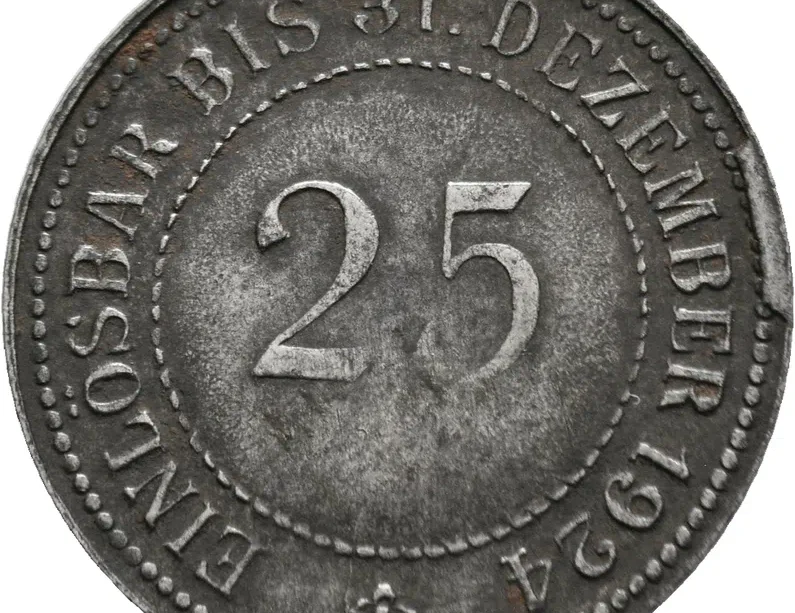The Historical Impact of the Year 1923

The Importance of the Year 1923
The year 1923 was a pivotal moment in world history, characterized by significant political, social, and cultural shifts. It marked the aftermath of World War I and the beginning of new trends that would shape the following decades.
Main Events of 1923
One of the most notable events of 1923 was the **hyperinflation crisis in Germany**. The economic repercussions of the Treaty of Versailles, signed in 1919, had left Germany in ruins. By 1923, the German mark collapsed, with prices skyrocketing to unprecedented levels. Daily essentials became unaffordable, and citizens were forced to barter for goods. This economic turmoil played a crucial role in the rise of extremist politics in Germany, ultimately leading to the rise of the Nazi regime later in the decade.
In the United States, 1923 saw a cultural renaissance, particularly in the realm of music and entertainment. The Jazz Age was in full swing, with figures like **Louis Armstrong** and **Duke Ellington** rising to prominence. This period also marked the construction of significant cultural landmarks, including the **Hollywood Sign** in Los Angeles, symbolizing the growing influence of the film industry and the burgeoning concept of celebrity culture.
Another important event was the **Great Earthquake in Tokyo**, which struck on September 1, causing widespread destruction and loss of life. The disaster necessitated a massive reconstruction effort and led to changes in urban planning and building standards in Japan.
Significance and Legacy
As we reflect on 1923, it is clear that this year served as a crossroads for various nations. Germany’s economic struggles facilitated a political environment ripe for change, highlighting the consequences of unresolved war reparations and national humiliation. Meanwhile, the United States was laying the groundwork for modern popular culture, influencing art, music, and film for decades to come.
Moreover, the implications of natural disasters such as the Tokyo earthquake expanded discussions on urban safety and disaster preparedness across the globe. The lessons learned from these events have continued to resonate, influencing policies and attitudes towards both economic management and cultural creation.
Conclusion
The year 1923 serves as a reminder of the complexity of history, where economic crises, cultural upheaval, and natural disasters intertwine to shape society. Understanding the events of this year can provide valuable insights into contemporary challenges and inform how nations might navigate similar crises in the future. As we study this pivotal year, it is crucial to recognize its influence on the present-day world and the legacies we continue to confront.





